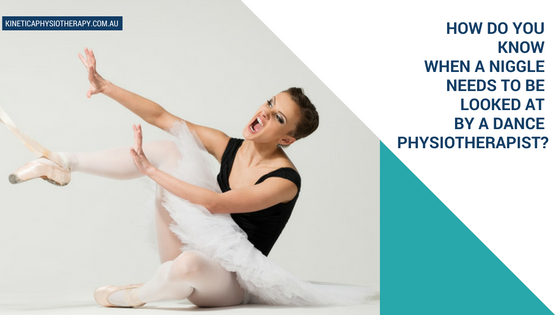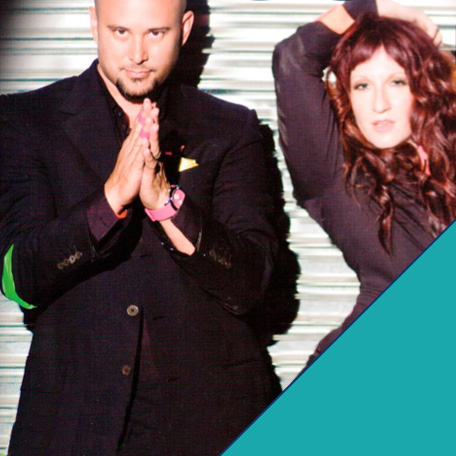Let’s face it, as dancers we all want to look after our bodies, and enjoy injury-free dancing permanently. Unfortunately however, like any sport, there are times when we experience the odd niggle or pain. Fortunately, not all of these niggles require anything other than time and rest. In fact, our bodies are extremely clever in bouncing back from most aches and pains very quickly. You’ve probably experienced the feeling of every muscle aching from an intense dance class, only to wake up the next morning, or in several days feeling as good as new! Excellent!
Some niggles however, should be looked at by a medical professional. Below is a checklist to help you determine whether your ‘niggle’ requires an appointment with your doctor, physiotherapist, or trusted healthcare practitioner.
Always seek medical advice if:
- Your pain doesn’t improve over 48 – 72 hours
- There has been trauma associated with your pain, i.e. – your pain came on suddenly with a twist, stretch, or a fall
- You are unable to put weight through your injured body part
- Your pain is worsening, or comes back with the same or greater intensity every time you dance
- Your pain wakes you at night
- Your pain is not eased by rest, or with a change in position
- Your pain is accompanied by a general feeling of unwell, loss of appetite, or fever
- Your pain is severe, i.e. – it is difficult to distract yourself from the pain
- Your pain is worst in the mornings, affects multiple joints, and doesn’t ease after moving around and a warm shower
If you are unsure as to whether your pain requires medical attention, some physiotherapists will be able to talk to you over the phone and advise whether it is worth making an appointment. Generally however, if you are worried about a niggle, it is worth seeking a medical opinion. Even if your pain doesn’t require treatment, your doctor or physiotherapist can put your mind at rest, and educate you about how to manage similar niggles should they occur in the future. Alternatively, you may just avoid further injury, and save yourself from a prolonged recovery.
So pay attention to your bodies, and keep dancing safely.
Image Credit:
- Main Image – Ballet For Adults


